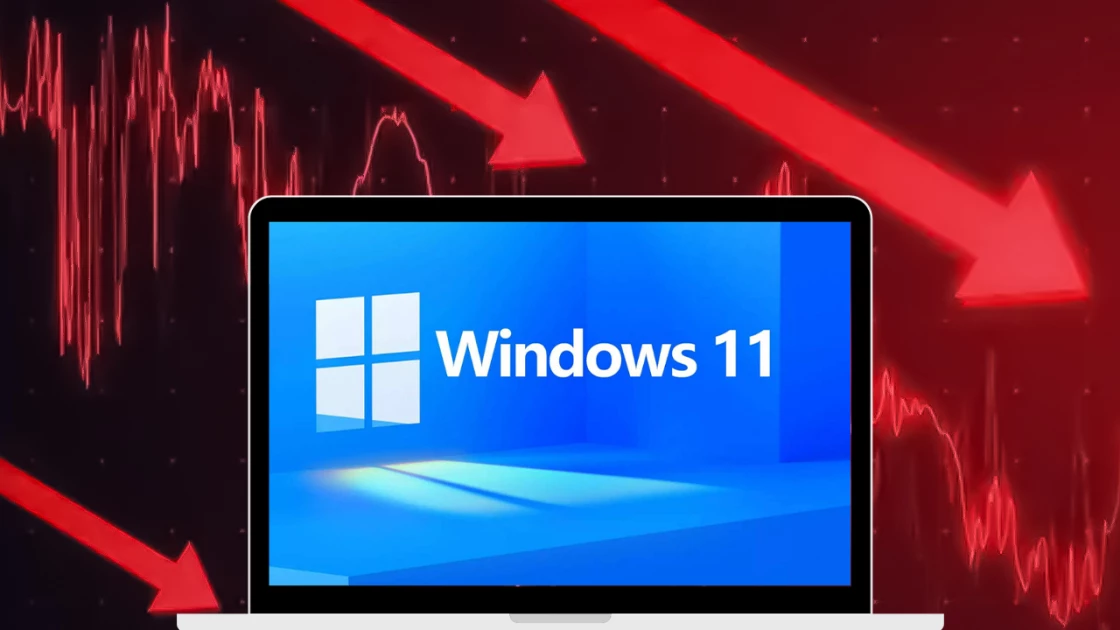
Thousands of borrowers in the red zone have fallen victim to ignorance of their rights that they were not informed of by services and banks, which led to them losing their home at auction and because their debts to the bank are greater than the value of the property that was lost. It appears that Hammer is still in debt.
For example, if a borrower is unable to repay a loan of €100,000 and there is no possibility of settlement out of court, but does not fall within the provisions of the protection of the first home as vulnerable, it reaches the “bankruptcy and second chance” stage.
Even those who lost their property before 2020 can seek court-ordered relief. As the changes are promoted, banks and service providers will be obliged to accept the proposed solution of an out-of-court mechanism, with a greater reduction, which would include the balance of the debt in the event of an auction.
This stage has been institutionalized with the new Bankruptcy Law of 2020, which now allows bankruptcy for natural persons as well, giving them the opportunity for a fresh start.
If there is an estate, it is liquidated for the value of the debt and then a discharge is issued, stopping all further claims and making him once again eligible for loans, starting a business, and generally a fresh start.
The exemption for someone who loses his property (such as his house) at an auction is issued in one year, but if there is no asset at all, it is issued in three years. The only condition was to be included in the new bankruptcy and submit an application to the court. Today there are approximately 5,500 applications, of which 2,800 have received a judgment number.
Example
But the new bankruptcy also includes those who had debts, and despite the auctions, there is still part of the debt that is constantly demanded by creditors. For example, if the debt is €100,000 and the property at auction “earns” €120,000, the debt of €100,000 will be written off and the remaining €20,000 will be returned to the debtor.
However, if the property “earns” €80,000, the remaining €20,000 (up to €100,000 of debt) remains owed to the creditors, with the result that that debtor never repays the debt.
As of 2020, with the new bankruptcy order, dissolution is filed, with an appeal to the court, which would grant him relief.
Those debtors who knew the law or were informed by someone then stopped the “endless” debts by court order. Those who don’t know, still pay. Banks and service providers are not required to inform debtors how to avoid bankruptcy. That is, the continuation of the claim was legal.
Improvements
This, with the new improvements announced last week and included in the new draft law of the Ministry of National Economy and Finance for the financial sector, changes the facts. Simply put, it automates the “clearing” of the outstanding balance from the auction.
Technically, this is a change in the algorithm of the non-judicial mechanism that takes into account that the debt recovery will be made at 65% of the commercial value of the property. It eliminates the difference, so this translates to 28% higher cutting potential in the suggested setup.
Because banks and servicers do not benefit from the bankruptcy of the debtor, and they cannot claim the rest of the debt from the auction. And so the rest is cut off.
Technically an act has been received which states the following:
Firstly, 75% of auctions end in failure.
secondly, Most auctions continue for a third time at a value of 65% of the original. The first offer starts with the trade value.
Therefore, everyone who lost their property at auction before 2020 and still has debts, as well as those with new bankruptcy and also with new improvements, can demand that the balance be zeroed.
The difference is that with new improvements the process becomes easier and more automated.
Banks and service providers must also provide better information to the debtor borrower, in the context of the need to reduce their risks.
Also, with the new arrangements, service providers will have the obligation to provide personal and detailed information to debtors through a special digital platform, about the amount of debt, history of payments, installments, interest rate of the arrangement, etc. .
The debtor will be able to see these details by logging in with his password in a special application on service sites (by analogy with online banking of banks). The personal information system must be operational by March 31, 2024 at the latest.
Until then, servicers are obligated to provide this information in writing (debt amount, installments, interest rate, etc.) to each borrower after requesting it within a period of 30 days.

“Avid problem solver. Extreme social media junkie. Beer buff. Coffee guru. Internet geek. Travel ninja.”





More Stories
A new wave of retirement journeys – we will reach a record high in 2024 with more than 212,000 retirements – a ceiling of €400 million
Thieves' new trick: This is how they steal from drivers on the national highway
Rents and A Midsummer Night's Dream